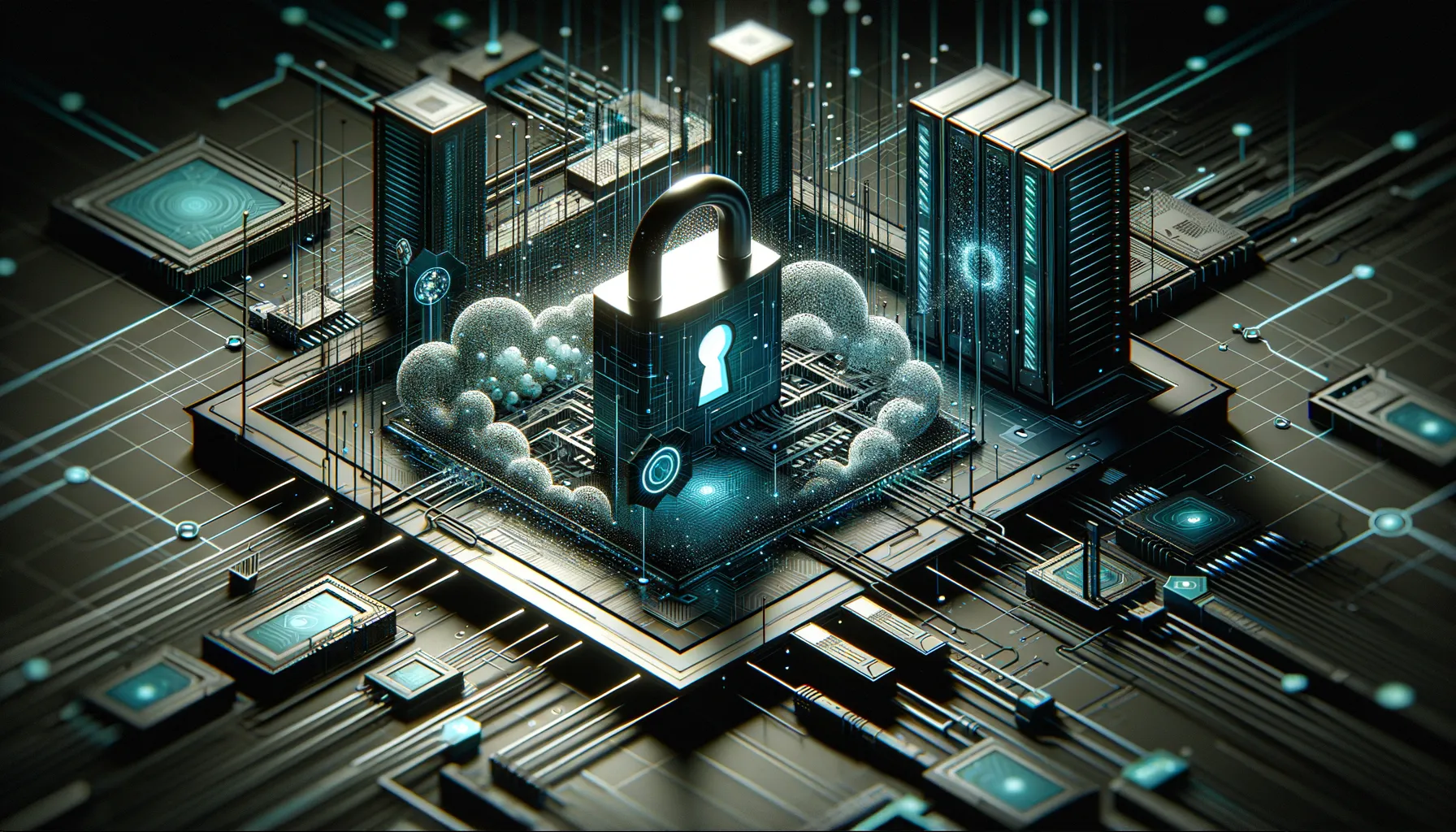Sunday 18 August 2024, 11:00 AM
Exploring the essentials of robust endpoint security
Endpoint security is essential in protecting devices like computers and phones from cyber threats. It involves using technologies such as antivirus, firewalls, and encryption, and practices like regular updates and strong authentication to safeguard against data loss and damage to reputation and finances.
Introduction to Endpoint Security
Hello there! In today’s fast-paced digital world, endpoint security has become more crucial than ever. Whether you’re a small business owner, an IT professional, or just a tech-savvy individual, understanding the essentials of robust endpoint security is vital. Almost every device—from your smartphones to laptops—can be a gateway for cyber threats. So, let’s dive into what endpoint security involves and why it’s so important.
What is Endpoint Security?
Endpoint security refers to the practices and technologies used to protect devices that are connected to a company’s network. These devices can be anything from computers and laptops to mobile phones and tablets. Each of these devices, often referred to as endpoints, serves as an entry point for potential security threats.
Why is Endpoint Security Important?
With the increasing number of devices being used in the workforce, the attack surface for potential breaches has expanded tremendously. Cyber threats like ransomware, phishing, and malware can easily infiltrate an unprotected endpoint, causing not just data loss but significant damage to your organization’s reputation and finances.
Moreover, remote work has become the norm in many industries, naturally increasing dependency on digital devices. Therefore, securing these devices is akin to locking the doors to your digital house - it keeps malicious threats out.
Key Elements of Robust Endpoint Security
Comprehensive Antivirus and Anti-Malware Protection
At the most basic level, your devices should be equipped with the latest antivirus software to protect against malware that can swipe information or corrupt your files. Modern anti-malware solutions go beyond classic antivirus defenses by using heuristics and behavioral analysis to protect against novel and evolving threats.
Firewalls and Network Controls
Firewalls act as a barrier between your network and potential intruders by controlling incoming and outgoing network traffic based on predefined security rules. Good firewalls can effectively block unauthorized access while allowing legitimate communications.
Encryption
Data encryption should be non-negotiable in endpoint security. It encrypts your data, making it unreadable to unauthorized users. Even if a device is lost or stolen, encrypted data ensures that confidential information remains secure.
Strong Authentication Protocols
The use of strong, multifactor authentication (MFA) significantly reduces the risk of unauthorized access. MFA requires users to provide multiple credentials when logging in, such as a password and a one-time code sent to their phone, making it tougher for attackers to gain access to your network.
Regular Software Updates
One of the simplest yet most effective ways to keep your devices secure is to ensure that all software is up-to-date. These updates often contain patches for security vulnerabilities that have been discovered since the last iteration of the software was released.
Endpoint Detection and Response (EDR)
EDR platforms help in monitoring endpoint and network events while recording the information in a centralized database where further analysis, detection, investigation, reporting, and alerting take place. This can be crucial for spotting sophisticated threats that might bypass initial defenses.
Zero Trust Model
Adopting a Zero Trust model, where trust is never assumed and must be continually verified, is gaining traction. This means all endpoints must be authenticated and authorized before being granted access to resources, reducing the potential damage of internal threats.
Best Practices for Implementing Endpoint Security
Conduct Regular Security Audits
Regularly auditing your security measures can help identify vulnerabilities before they can be exploited. These audits should include checking for outdated software, ensuring compliance with security policies, and evaluating the effectiveness of current security measures.
Employee Training
Human error is often one of the biggest security risks. Providing ongoing training to all employees about common cyber threats and best practices for preventing them can drastically reduce the chances of a breach occurring.
Use a Unified Security Management Tool
To simplify endpoint management, consider using a unified security management tool. These platforms consolidate several security processes, such as monitoring, threat detection, and incident response, into a single, manageable system.
Backup Your Data
Always ensure that all important data is backed up regularly. In case of a security breach, having a separate copy of your data can prevent loss and help in swiftly restoring operations.
The Future of Endpoint Security
As the digital landscape evolves, so does the complexity of cyber threats. The future of endpoint security will likely include AI-driven security measures, further development of EDR, and possibly a shift towards more cloud-based security solutions, which offer flexibility and scalability.
Organizations will need to stay informed about the latest developments in cybersecurity technologies and continue adapting their strategies to the changing environment.
Conclusion
The essentials of robust endpoint security are about more than just installing antivirus software. It’s about adopting a comprehensive, proactive approach to protecting all endpoints. By understanding and implementing the practices discussed here, you can significantly enhance the security posture of your network, protect sensitive data, and keep cyber threats at bay.
Remember, endpoint security is a continuous process of improvement and adaptation. Stay safe, stay protected, and let’s keep those digital doors locked tight against cyber threats!

